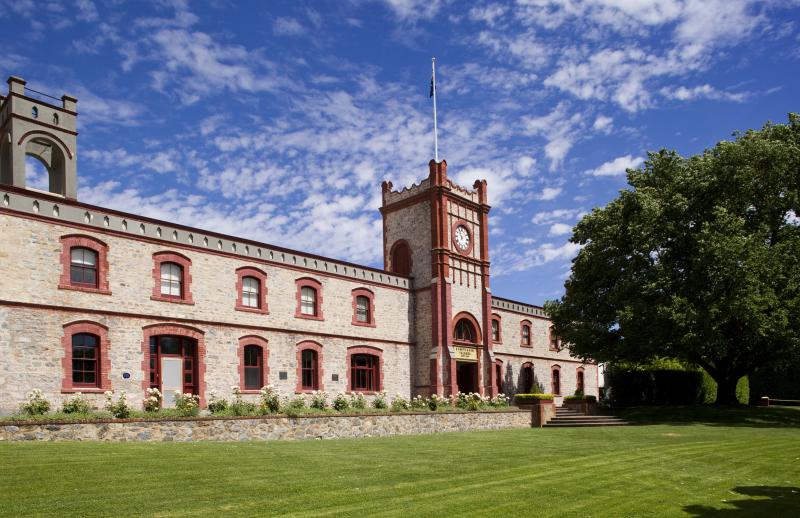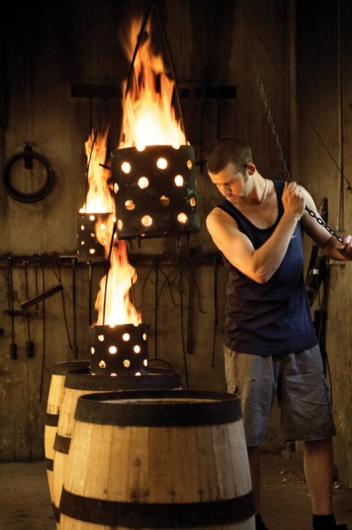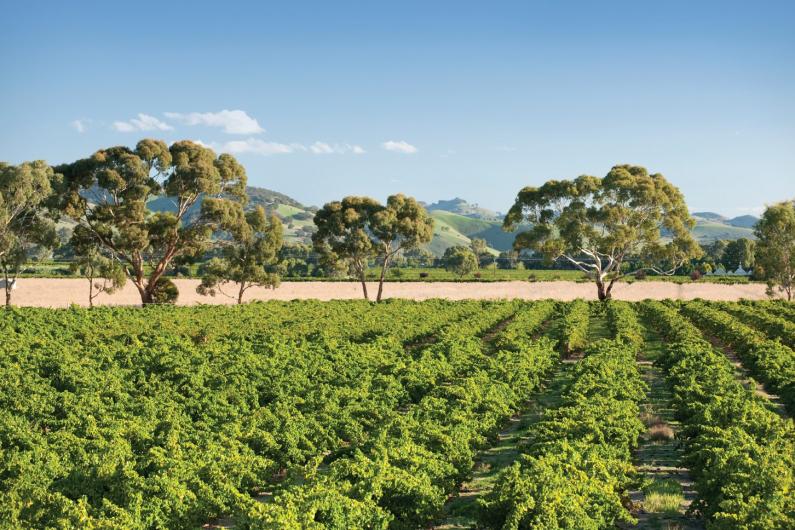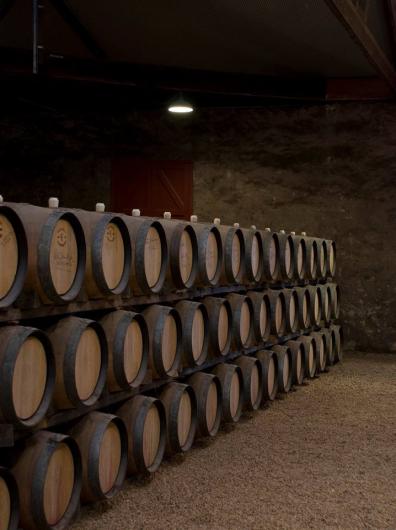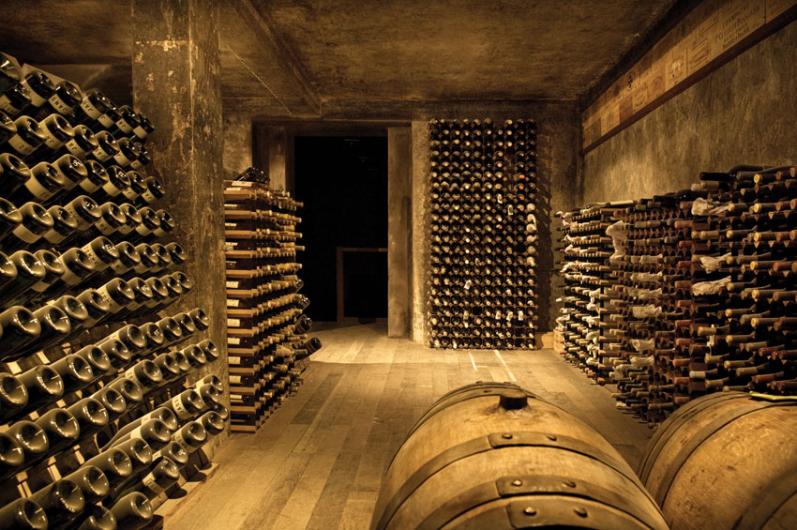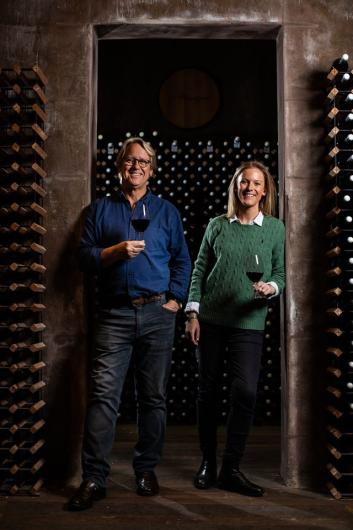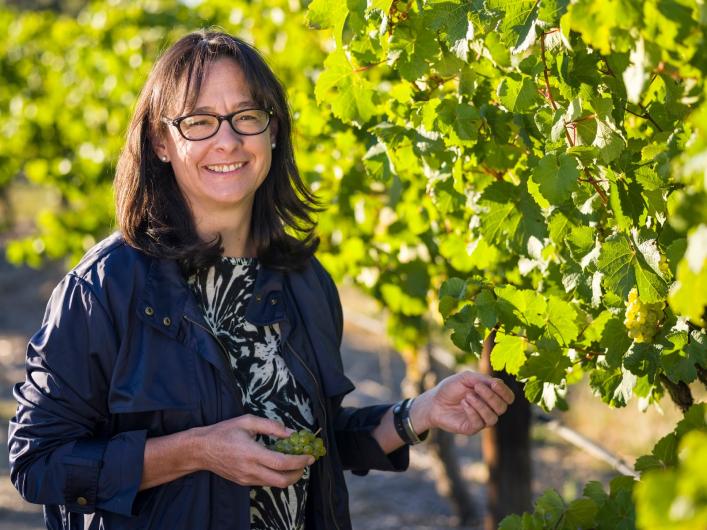Yalumba Rare & Fine The Tri-Centenary

Wine Description
A true individual showcasing the essence of Grenache. Sourced from vines that have been in the ground for more than 125 years.
 Acclaim
Acclaim
 Vineyard & Production Info
Vineyard & Production Info
 Winemaking & Aging
Winemaking & Aging
 Analytical Data
Analytical Data
 Wine Production
Wine Production
The grapes were handpicked and crushed. The wild yeasts present on the grape skins initiated fermentation; cultured winery yeasts were then added to complete fermentation. The wine remained ‘on skins’ post fermentation for 31 days, this extended maturation helps to contribute an even greater complexity and individuality to the wine.
 About the Vineyard
About the Vineyard
This single vineyard Grenache has been crafted from grapes sourced from the block we call VG05. This block comprises of 820 gnarly old bush vines that were planted in 1889. The Nursery vineyard features deep sandy loam layers underlain with red-brown clay layers. These soils are generally very deep and hold large volumes of water within their pore spaces, essential for good growth. As temperatures increase and evaporation levels rise, moisture levels in the sand decrease rapidly, but the vine is able to then draw moisture from the underlying clay. With careful management, dry grown vines on these soils can consistently produce outstanding quality fruit.


